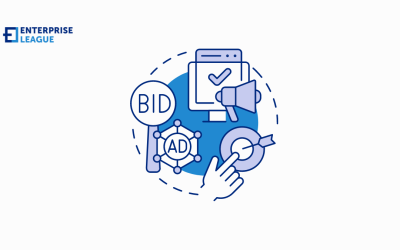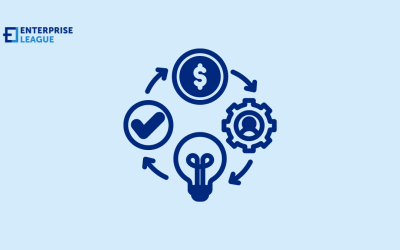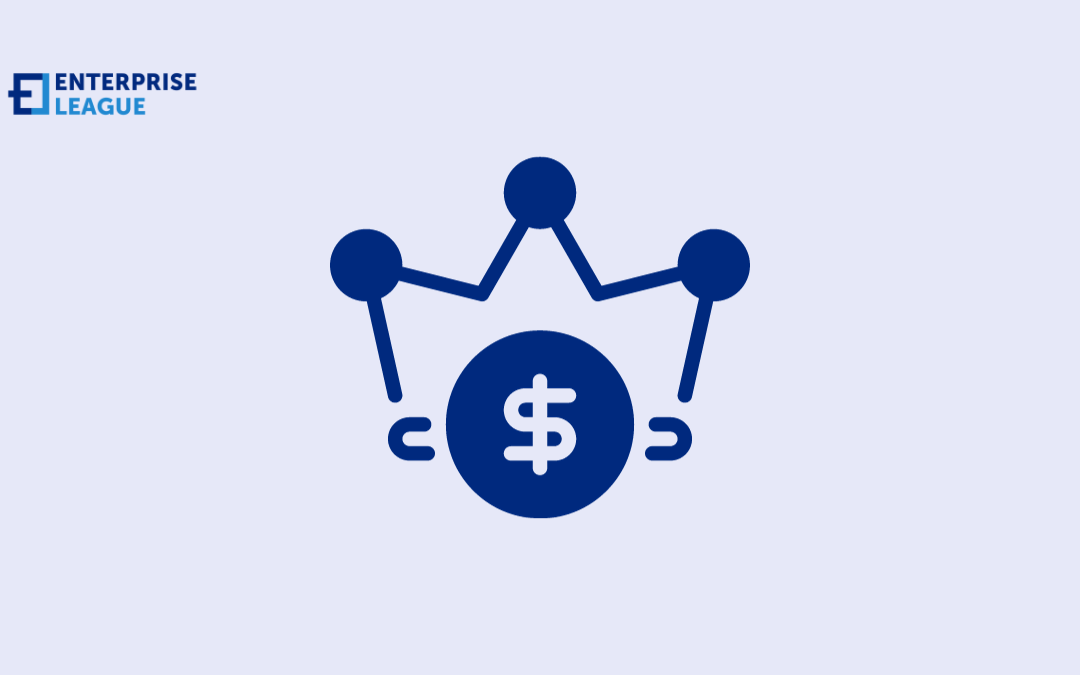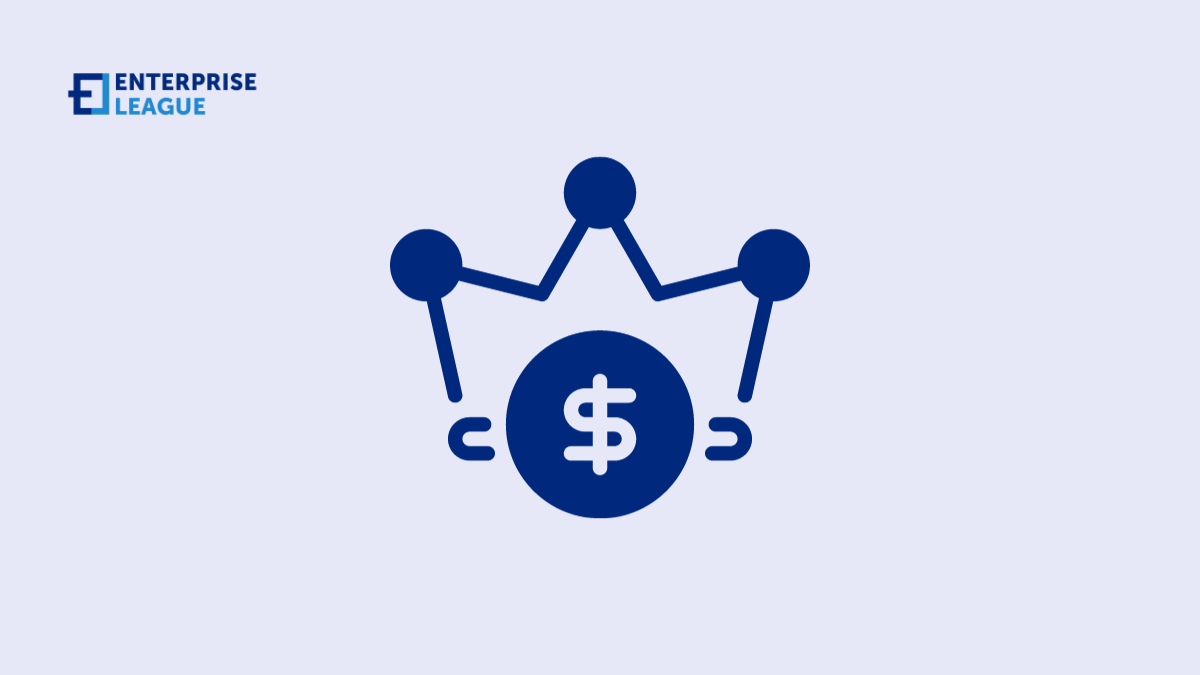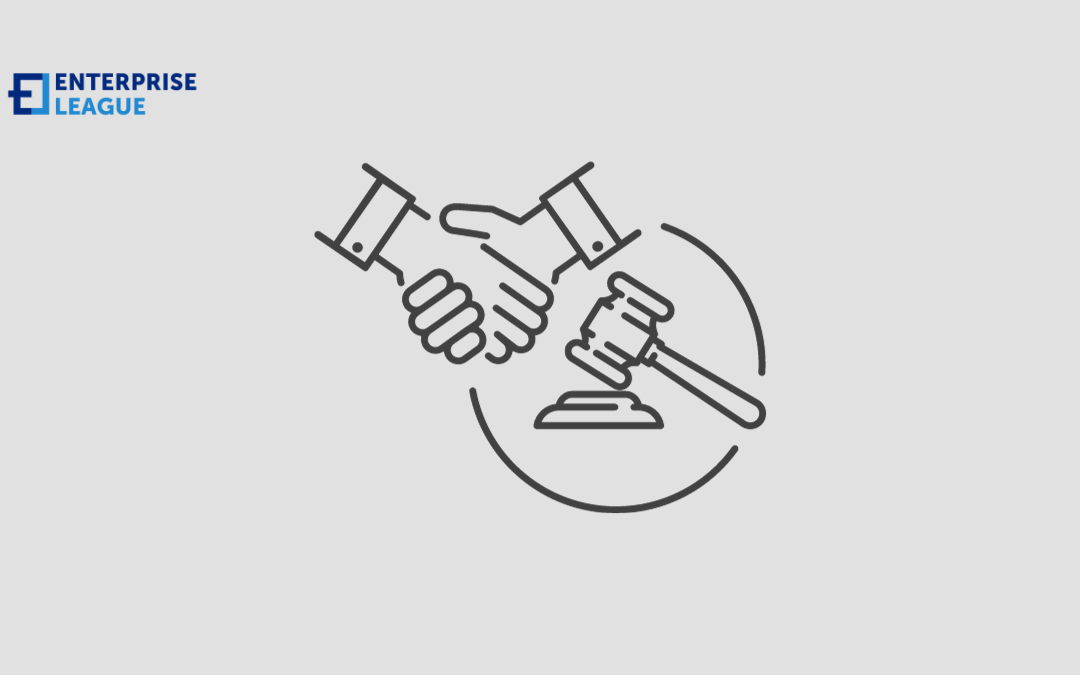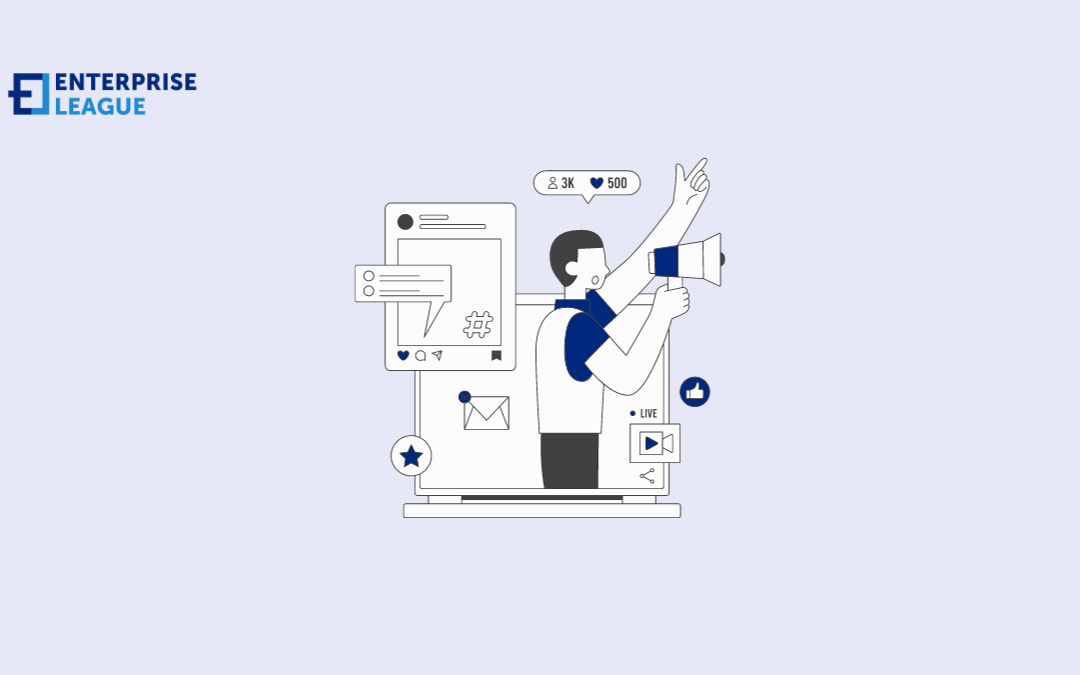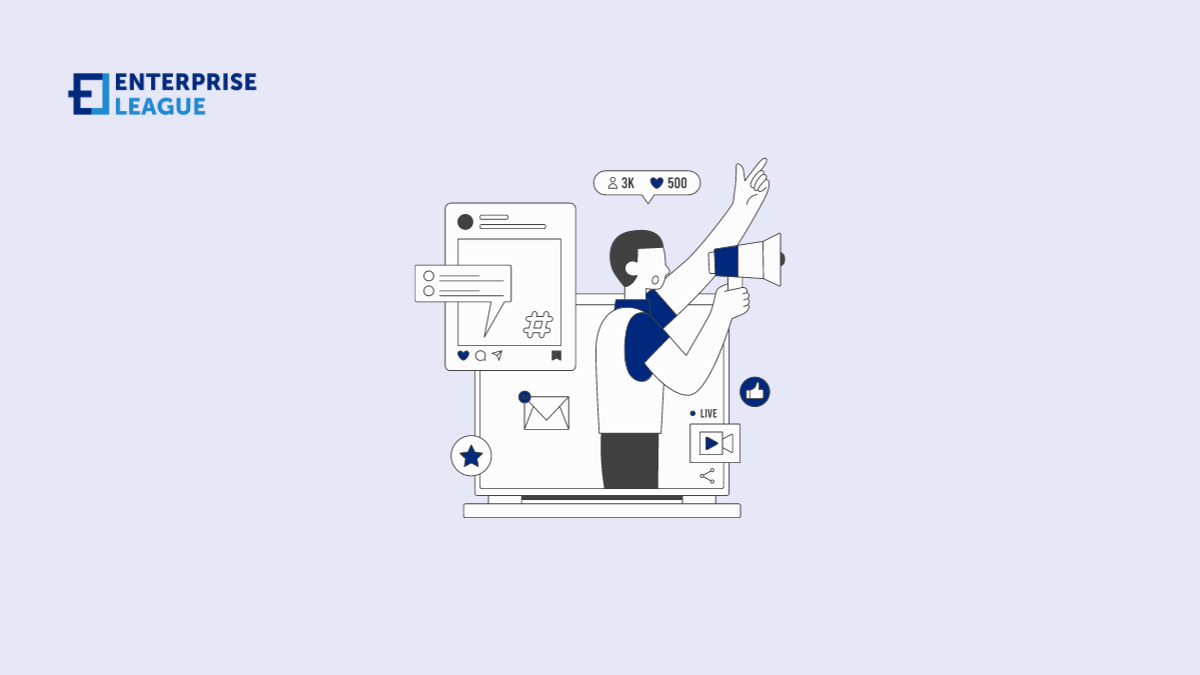The value of the online advertising market is growing steadily, which also means an increase in the complexity of the ecosystem and expectations of efficiency.

The key ingredients of successful product marketing strategy
Product marketing is the backbone of bringing a product to market and making it a success. It’s the process of promoting and selling a product to the target audience, and it plays a vital role in the overall success of a product. To create a successful product marketing strategy, several key ingredients must come together. In this article, we will explore these essential elements and how they work together to drive product success.
What is product marketing?
Product marketing is the process of promoting and selling a product to a specific target audience. It’s the bridge between the product development and sales teams. While product development focuses on creating a great product, product marketing is responsible for ensuring that the right people know about it and want to buy it.
Successful product marketing involves a deep understanding of the product, the target audience, the market, and the competitive landscape. It requires a strategic approach to position the product effectively, create compelling messaging, and drive sales.
The key ingredients of a successful product marketing strategy
Elements That Drive Success
A successful product marketing Agency is built on several key ingredients that work together harmoniously. Let’s delve into each of these components:
Product knowledge
- Understanding the Product: Product marketers need a deep understanding of the product, its features, benefits, and how it addresses customer pain points.
- Competitive Analysis: Knowledge of the competitive landscape is crucial to position the product effectively and highlight its unique selling points.
- Market Research: An understanding of the target market, its needs, preferences, and pain points is essential to tailor the marketing strategy.
Target audience understanding
- Buyer personas: Creating detailed buyer personas helps product marketers align their strategy with the needs, desires, and behaviors of the target audience.
- Market segmentation: Effective product marketing often involves segmenting the target market into distinct groups to tailor messaging and strategies accordingly.
- Customer journey mapping: Understanding the stages of the customer journey helps create relevant content and touchpoints at each stage.
Clear positioning and messaging
- Unique value proposition (UVP): A compelling UVP defines what sets the product apart from competitors and why customers should choose it.
- Messaging framework: A messaging framework outlines key messages and narratives that resonate with the target audience.
- Consistency: Maintaining consistent messaging across all marketing materials and channels is vital to build trust and recognition.
Go-to-market (GTM) strategy
- Launch Plan: A well-thought-out launch plan ensures a smooth product introduction, taking into account timing, marketing channels, and team alignment.
- Sales Enablement: Providing the sales team with the tools, resources, and training they need to effectively sell the product is essential for success.
- Pricing Strategy: Pricing decisions should be based on market research, value, and competitive positioning.
Content and marketing collateral
- Content strategy: Develop a comprehensive content strategy that includes blog posts, whitepapers, case studies, videos, and more to address different stages of the customer journey.
- Sales materials: Equip the sales team with impactful materials such as product sheets, presentations, and scripts.
- User-generated content (UGC): Encourage and leverage UGC like customer reviews and testimonials to build trust and credibility.
Marketing channels
- Digital marketing: Utilize various digital channels such as social media, email marketing, pay-per-click advertising, and search engine optimization (SEO) to reach the target audience.
- Content marketing: Develop valuable and relevant content that educates, engages, and nurtures leads.
- Influencer marketing: Collaborate with industry influencers to expand the reach and credibility of the product.
Measurement and analysis
- KPIs: Define key performance indicators (KPIs) to track the success of the product marketing strategy, such as conversion rates, sales, and customer acquisition cost.
- Data analysis: Regularly analyze data to identify trends, opportunities, and areas for improvement.
- Iterative approach: Use data-driven insights to adjust and improve the product marketing strategy over time.
Feedback loops
- Customer feedback: Gather and analyze feedback from customers to make continuous improvements to the product and the marketing strategy.
- Internal feedback: Keep communication lines open with the product development and sales teams to ensure alignment and collaboration.
- Competitive intelligence: Stay informed about competitors’ moves and use this information to refine your strategy.
Cross-functional collaboration
- Alignment with product development: Collaboration with product developers is crucial to ensure marketing accurately represents the product and its benefits.
- Sales collaboration: Regular communication with the sales team ensures that marketing materials and strategies align with sales objectives.
- Customer support collaboration: Work closely with customer support to address customer concerns and improve the product.
Case study: Apple’s product marketing
A stellar example
Apple is a prime example of a company that excels in product marketing. Its key ingredients for success include:
- Product knowledge: Apple’s product marketing team has an intimate understanding of the features and benefits of its products, and it conducts extensive competitive analysis.
- Target audience understanding: Apple has mastered the art of understanding its target audience and creating products that align with their desires and needs.
- Clear positioning and messaging: Apple’s clean and simple messaging, often centered around “simplicity” and “innovation,” resonates with its audience.
- Go-to-market strategy: Apple’s well-orchestrated product launches, complete with teaser campaigns and grand unveilings, generate immense anticipation and demand.
- Content and marketing collateral: Apple’s product marketing includes captivating videos, beautiful product imagery, and effective sales materials.
- Marketing channels: Apple leverages digital marketing, influencer partnerships, and its vast retail network to reach and engage with customers.
- Measurement and analysis: Apple tracks metrics such as sales, customer satisfaction, and user feedback to continually refine its products and marketing strategies.
Apple’s product marketing strategy showcases the importance of aligning all key ingredients to achieve exceptional success.
Conclusion
A successful product marketing strategy is a well-blended mixture of essential ingredients that work together to promote and sell a product effectively. Understanding the product, the target audience, and the competitive landscape is crucial. Clear positioning and messaging, a well-planned go-to-market strategy, and the use of appropriate marketing channels are all vital components. Regular measurement, analysis, and feedback loops help refine the strategy over time, while cross-functional collaboration ensures alignment across teams.
By implementing these key ingredients and learning from stellar examples like Apple, businesses can develop and execute product marketing strategies that lead to the success of their products in the market.
More must-read stories from Enterprise League:
- Key factors in determining salary increases for your employees.
- Find out everything you need to know about the 10 Ds of entrepreneurship.
- Learn how to deal with being proffesionally ghosted like an expert.
- Learn about how micromanaging can hurt your productivity.
- Find out how to get more customers for your business in a unquie way.
Related Articles
What is a demand-side platform? Theory and practice for your business
IAAI fees: Uncovering the pricing structure
In this guide we will explore the various IAAI fees you’ll encounter, from standard buyer premiums to the potential storage and transportation charges.
Lean and mean: Profitable business models
Let’s explore the rise of innovative business models that prioritize profitability over scale, showcasing how companies redefining success in the marketplace.
5 Shopify SEO mistakes to avoid and how to resolve them
Let’s look at the common mistakes that might be holding your store back and how to fix them, so you can get more eyes on your products and make more sales.
29 quotes about change in business to inspire you (2025)
When you are dealing with challenge of accepting change , we’ve decided to share 29 quotes about change in business to reflect on in those difficult times.


